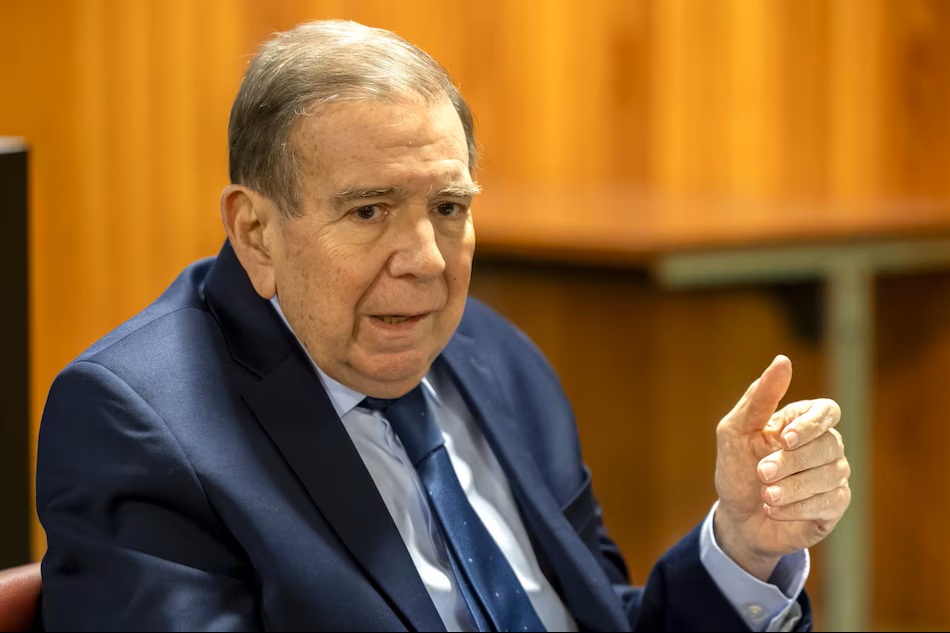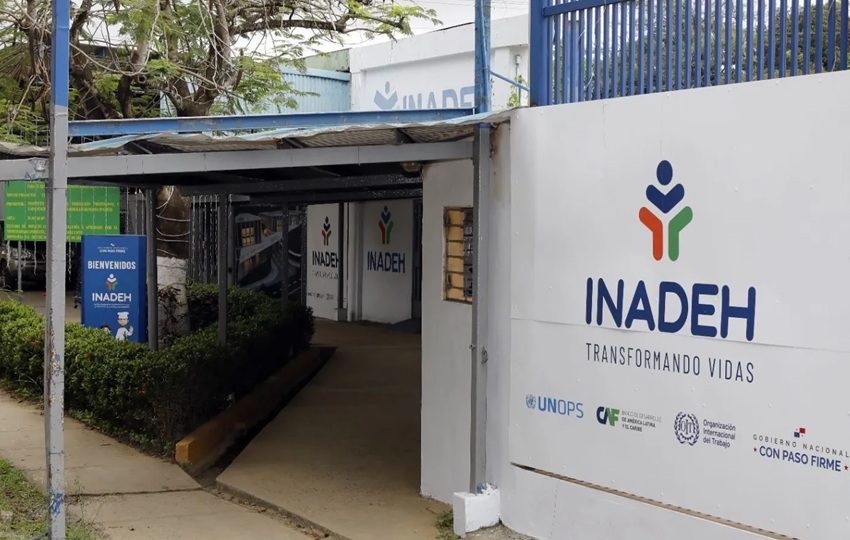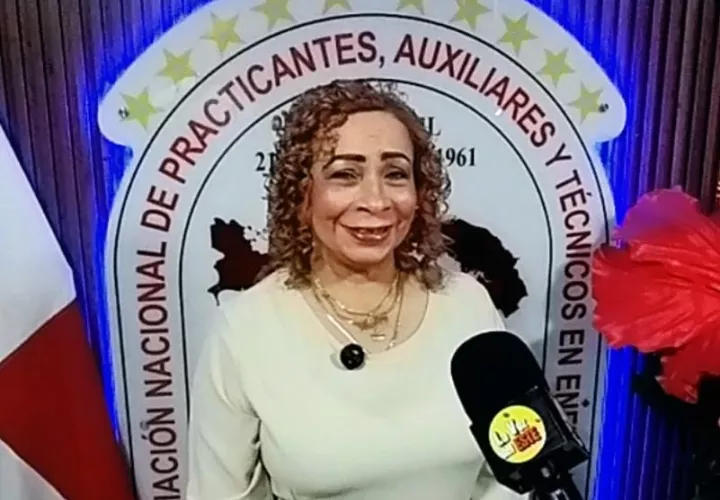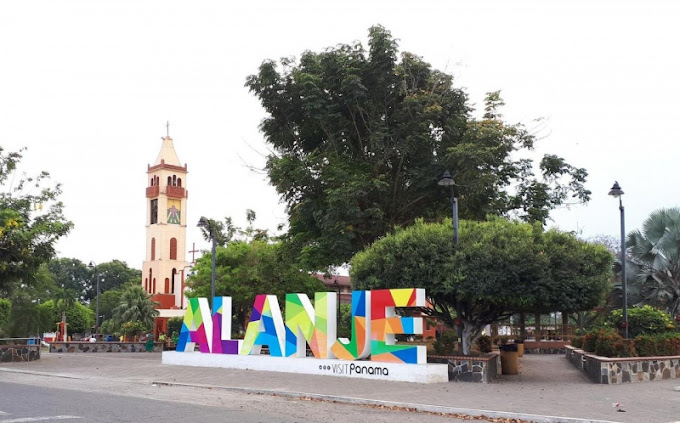One of worlds worst education systems means trouble for Panama

Panama’s education system listed as one of the worst in the world in the midst of an economic boom could hamper further expansion.
The assessment comes in a scathing Reuter’s report on Panama’s lack of attention to a key ingredient in achieving ongoing competitiveness and growth.

Many Latin American countries struggle with poor schools — but none combine greater wealth than several European nations and almost double-digit economic growth with one of the worst education systems in the world. Except Panama.” says the report.
A global crossroads with 4 percent of global trade moving through its canal, Latin America's two busiest ports and a communications and financial infrastructure that draws global investors, Panama is running out of skilled workers.
Decades of poor schooling has created the problem which business experts say could soon slam the brakes on growth.
Panama, whose per capita gross domestic product in 2010 was $7,600 — beating the likes of Romania, Bulgaria and Serbia, International Monetary Fund data show — is expected to see economic expansion of some 9 percent in 2011.
After that growth is seen slowing to around 7 percent, but that target will be in jeopardy if Panama cannot fill some 90,000 skilled jobs in coming years, says Nicolas Ardito Barletta, a former president who runs the National Center for Competitiveness.
Heavy infrastructure spending — like the $5.25 billion expansion of the Panama Canal — along with revenues from ports, banks and free zone commerce have powered the economy,80 percent of which is based on services.
The whole service sector is now exposed to the tight labor market, said Felipe Chapman, a director at financial services firm Indesa. He frets over the need for education reform.
"Yesterday was too late," he said.
Out of 139 nations, Panama's primary education ranks 129, according to the World Economic Forum's "Global Competitiveness Report" for 2010-2011. Its higher education is ranked 128.
Fixing the problem will determine whether the Central American isthmus nation becomes a high-income country that its leaders dream of or stagnates at middle-income, Chapman added.
Robust growth and rising foreign investment masks the squeeze Panama is already suffering from the missing workers.
"The lack of skilled labor obliges businesses to bring in foreign labor, which is more costly for them and of little benefit for our country," said Raul Aleman, chief executive officer of Banco General, Panama's biggest local bank.
In 2009, U.S. giant General Electric opted for Chile over Panama for a project local media said would have required up to 1,500 English-speaking engineers and computer experts.
Panama's fast-growing tourism industry is most immediately threatened. Thousands of new hotel rooms are due for completion in coming years and hoteliers fret over filling jobs.
Schools in the bustling skyscraper capital of Panama see children crammed into creaky wooden seats in sweltering run-down classrooms that are often mere staging posts for the many teenagers who drift into drug running and other crimes.
Teachers regularly strike. Recently, they held a two-day stoppage to oppose the government's bid to reform a high school curriculum that has barely changed since the 1970s.
"Every kind of study always puts us last," said Elizabeth Petrovich de Molina, a University of Panama education expert. "We are behind by more than 30 years.
Petrovich points to two major problems: every 5-year administration tackles education's pitfalls from scratch — if it bothers at all — then union opposition crushes reform.
Yet opposition could be waning. Despite strikes, 90 percent of teachers handling the new curriculum went to a recent training session, said Petrovich, suggesting President Ricardo Martinelli's education reform efforts might outlast his term.
For the first time, the government has asked the University of Panama to help. And private sector support is rising.
Schools are being better equipped under the reform, which focuses on skills needed for tourism and technology, as well as providing greater emphasis on languages, math and science.
Money has not always helped though.
The IMF says Panama spends more on education than Chile — yet on the World Economic Forum's higher education ranking it is still nearly 30 places below a Latin American peer where students protesting for improvements have plunged Chile's government into crisis.
Much of the funding simply goes to waste.
Wedged next to a five star resort near the Pacific mouth of the Panama canal, the Cosecha Amistad is one school recently kitted out with a smart air-conditioned computer lab.
But it hasn't had Internet since thieves stole the main cable line three months ago. That didn't stop technicians from the service provider coming to fix the problem in August, unaware the cable had gone. They left shaking their heads.
"The focus the government puts on infrastructure worries me," said Jesus Cedeno, a pastor in Cucnati where children have to wade rivers to get to school "We're always left until the end, like the Cinderella of the country."





